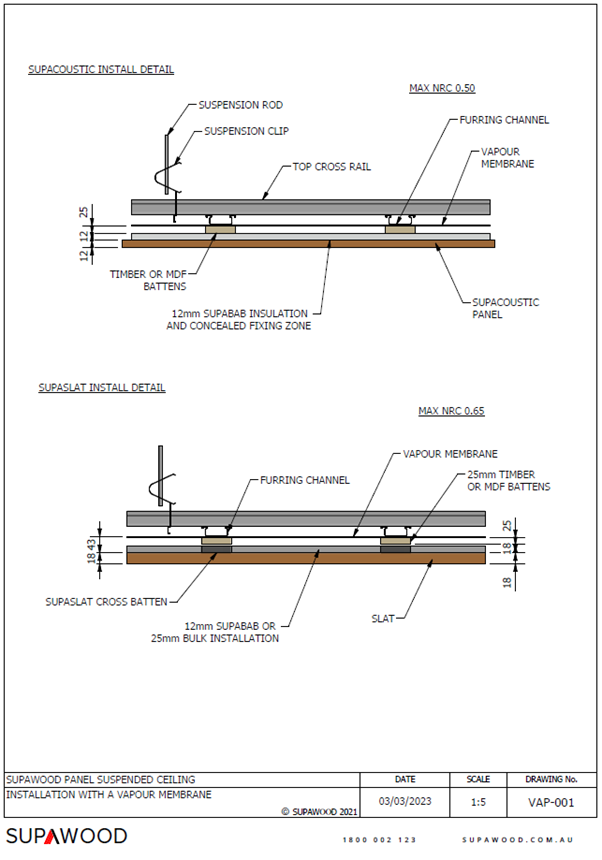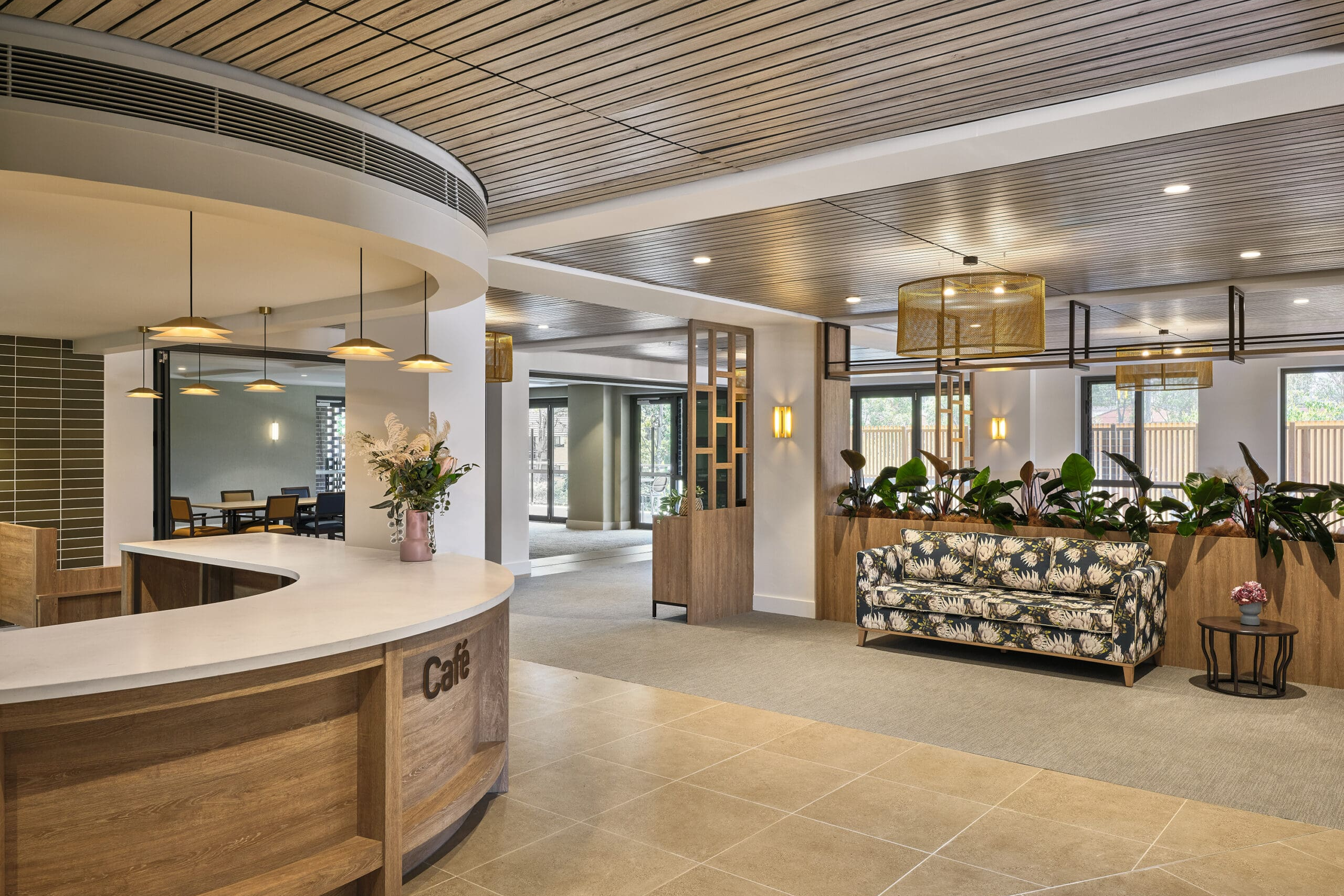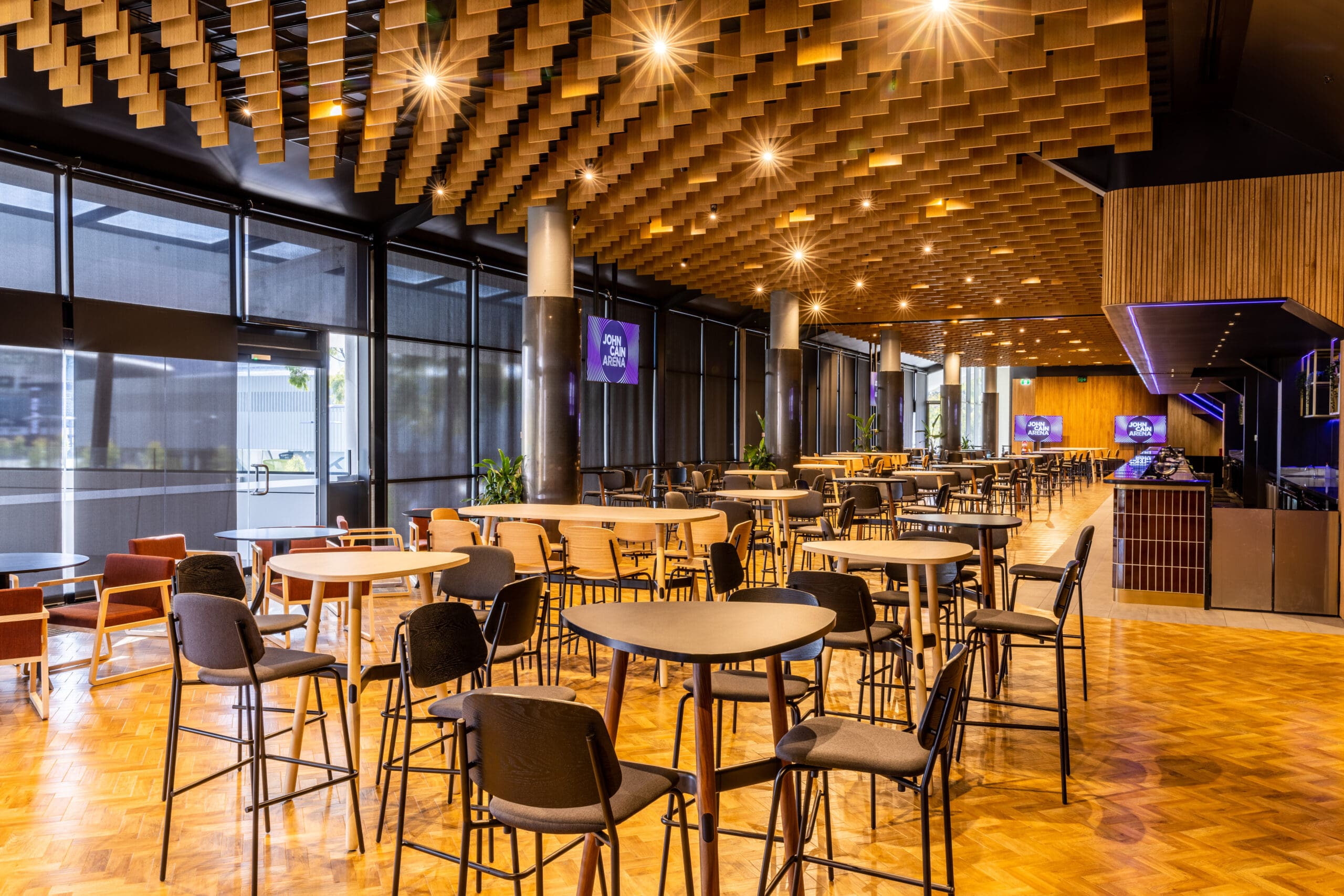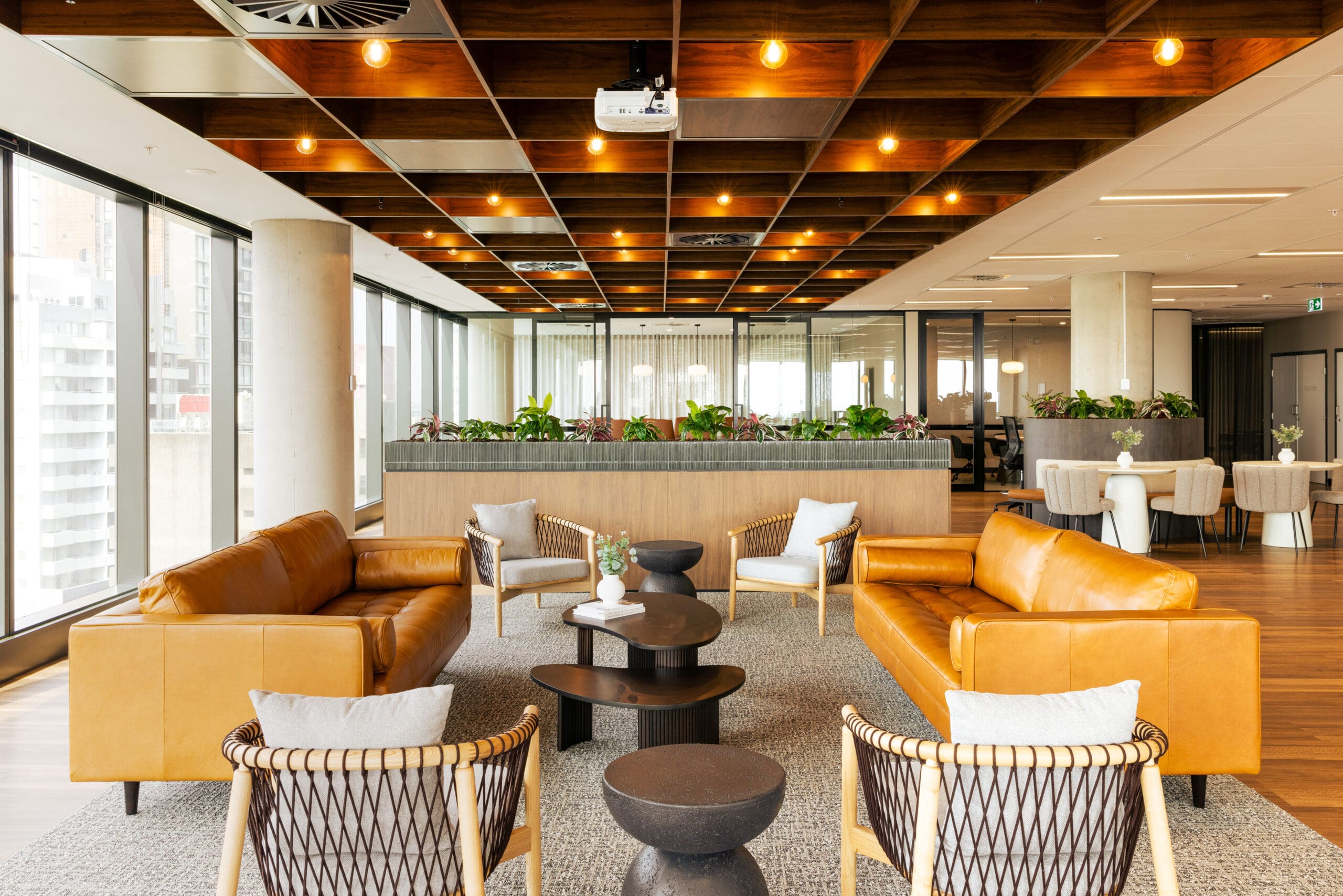What are vapour membranes?
A vapour barrier or vapour membrane, also known as a vapour retarder, is a material used in construction to prevent moisture from passing through the building envelope, including ceilings, walls, and floors. The purpose of a vapour membrane in a ceiling is to reduce the transfer of water vapour, or moisture, from the indoor space to the insulation and structural components of the ceiling, and to prevent condensation from occurring within the building assembly.
In colder climates, warm indoor air can carry moisture vapour that may condense into water when it comes into contact with colder surfaces within the building envelope, such as the ceiling cavity. This can result in problems such as mold growth, rot, and structural damage over time. A vapour membrane in the ceiling can help to prevent this condensation by limiting the movement of moisture-laden air from the indoor space into the ceiling assembly.
The vapour membrane is typically installed on the warm side of the insulation, facing the indoor space, and it is designed to have a low vapour permeance, meaning it resists the passage of moisture vapour. It is usually made of materials such as plastic sheets, foil-faced insulation, or special vaporu retarder paints or coatings. Proper installation of a vapour membrane in the ceiling, along with proper ventilation and insulation, can help create a more energy-efficient and durable building envelope by minimizing moisture-related issues. However, it's important to consult local building codes and guidelines to determine the appropriate use and installation of vapour membranes in ceilings, as building practices and requirements may vary by location.

EXPLORE 3 DESIGN CONCEPTS TO
Help bring your project vision to life!
Are vapour membranes site specific?
Vapour membranes in ceilings, as well as in walls and floors, are used to control the movement of moisture vapour through building assemblies. Whether a vapour barrier is site-specific or not depends on various factors, including the climate, building design, and construction practices.
In some cases, local building codes or regulations may specify the use of vapour barriers in certain geographic areas with specific climate conditions, such as high humidity or extreme temperature variations. For example, buildings in cold climates with harsh winters may require a vapor barrier on the interior side of the ceiling to prevent moisture from entering the building envelope and causing issues such as condensation or mold growth.
The design and construction of the building may also influence the need for a vapour barrier in the ceiling. For example, in buildings with high moisture-generating activities, such as indoor pools or commercial kitchens, a vapour barrier may be required to prevent moisture from infiltrating into the ceiling cavity and causing damage.
Additionally, the type of insulation used in the ceiling assembly can also impact the need for a vapour barrier. Some insulation materials, such as closed-cell spray foam insulation, can act as a vapour barrier on their own due to their low permeability to moisture vapour, while other materials may require a separate vapour barrier to be installed.
It's important to consult local building codes, design professionals, and construction experts to determine the specific requirements for vapor barriers in ceiling assemblies for your particular location and building design. Following best practices and complying with local codes can help ensure that the building is constructed with proper moisture management measures, which can contribute to its overall durability and performance.
In general, vapour barriers or membranes are used in building construction to control the movement of moisture vapour, which can help prevent issues such as condensation, mold growth, and rot. However, the specific requirements for vapour barriers in ceiling designs can depend on various factors, including climate zone, building materials used, and construction methods employed. Local building codes and regulations may specify whether or not vapour barriers are required in ceiling designs, and if so, what types of materials and installation methods are acceptable.
Do vapour membranes prevent loss of heat or cooling into the ceiling cavity?
Yes, vapor membranes, also known as vapor barriers or vapor retarders, can help prevent the loss of heat or cooling into the ceiling cavity in certain situations. A vapor membrane is a layer of material that is installed in a building assembly, such as a wall or ceiling, to control the movement of water vapor. It is typically installed on the warm side of the building assembly, which is the side facing the interior of the building in cold climates or the side facing the exterior in hot and humid climates.
In cold climates, a vapor membrane can help prevent moisture from entering the ceiling cavity, which can reduce the risk of condensation forming on cold surfaces within the cavity. This can help prevent the loss of heat from the interior of the building to the ceiling cavity, improving the energy efficiency of the building by reducing heat transfer through conduction and convection.
In hot and humid climates, a vapor membrane can help prevent moisture-laden air from entering the ceiling cavity, which can reduce the risk of condensation forming on cool surfaces within the cavity. This can help prevent the loss of cooling from the interior of the building to the ceiling cavity, improving the energy efficiency of the building by reducing heat gain through conduction and convection.
However, it's important to note that the effectiveness of a vapor membrane in preventing heat or cooling loss into the ceiling cavity depends on various factors, such as the climate, the type of building assembly, the insulation levels, and the construction practices. Proper installation and selection of the right type of vapor membrane for the specific building assembly and climate are crucial to ensure its effectiveness. Consulting with a qualified building professional or engineer is recommended for specific guidance on the use of vapor membranes in your building.
Need more help?
For more information, or to answer any further questions, please reach out to SUPAWOOD's National Specification Manager, Richard Hardwick.
+61 427 573 024
Disclaimer: All the information on this website - www.supawood.com.au - is published in good faith and for general information purpose only. Supawood does not make any warranties about the completeness, reliability, and accuracy of this information. Any action you take upon the information you find on this website (Supawood), is strictly at your own risk. Supawood will not be liable for any losses and/or damages in connection with the use of our website.
From our website, you can visit other websites by following hyperlinks to such external sites. While we strive to provide only quality links to useful and ethical websites, we have no control over the content and nature of these sites. These links to other websites do not imply a recommendation for all the content found on these sites. Site owners and content may change without notice and may occur before we have the opportunity to remove a link that may have failed.
Consent: By using our website, you hereby consent to our disclaimer and agree to its terms.





